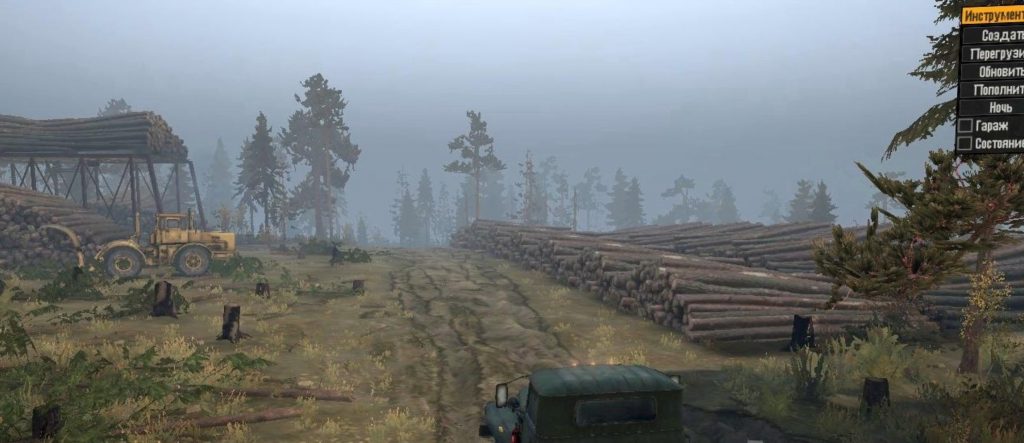

After standardization of MR images, we calculated each signal intensity at the plaque margin (M.I.) and surrounding white matter (Wh.I.) using plot-profile analysis. There were 51 nodular low signal intensities over 5 mm in shortest diameter in 34 lacunar infarction patients.

To compare the incidence of MR findings, we also reviewed T1-weighted images in randomly selected lacunar infarction patients who underwent MR imaging during the same period.

Two hundred and thirty-nine nodular low signal intensities over 5 mm in minimal diameter were observed in 39 MS patients. We reviewed T1-weighted images in clinically diagnosed MS patients who underwent MR imaging between February 2006 and July 2007. We also evaluate the efficacy of this MR finding for differentiating between MS and lacunar infarction. This study evaluated the incidence of MR findings showing a hyperintensity rim surrounding multiple sclerosis (MS) plaque on T1-weighted images using image analysis software. Quantitative analysis of hyperintensity rim sign surrounding MS plaque on T1 weighted images. On analysis of hyperintense basal ganglia lesion, the knowledge of clinical information improved diagnostic accuracy Although this study is limited by its patient population, bilateral hyperintense basal ganglia is associated with various disease entities. Lesions were located in the globus pallidus and internal capsule in hepatopathy and neurofibromatosis, head of the caudate nucleus in disorder of calcum metabolism, and the globus pallidus in hypoxic brain injury. In all cases the hyperintense areas were generally homogenous without mass effect or edema, although somewhat nodular appearance was seen in neurofibromatosis. These process were bilateral in all cases and usually symmetric. Underlying causes were 4 cases of hepatopathy, 2 cases of calcium metabolism disorder, and one case each of neurofibromatosis and hypoxic brain injury. Images were obtained by spin echo multislice technique. All patient were examined by a 0.5T superconductive MRI. Of 8 patients, 5 were male and 3 were female. Authors analyzed the images and underlying causes retrospectively. During the last three years, 8 patients showed bilateral high signal intensity in basal ganglia on T1-weighted image, as compared with cerebral white matter. International Nuclear Information System (INIS)īaik, Seung Kug Ahn, Woo Hyun Choi, Han Yong Kim, Bong Giīilateral high signal intensity in basal ganglia on T1-weighted images is unusual, the purpose of this study is to describe the pattern of high signal intensity and underlying disease. Several neurologic motor abnormalities are found in children with such hyperintensities.īilateral hyperintense basal ganglia on T1-weighted image The differences in volumetric measurements of cerebral white matter and lateral ventricles in children with PVWM T2- signal hyperintensities are related to their gestational age at birth. The volume of the cerebral white matter was smaller in the premature group (54 +/- 2 cm(3)) than in the term group (79 +/- 3 cm(3), p group (30 +/- 2 cm(3)) than among those in the term group (13 +/- 1 cm(3), p groups whose PVWM T2- signal hyperintensities did not correlate with any neuromotor abnormalities but were associated with seizures or developmental delays. Age-adjusted comparisons of volumetric measurements between the premature and term groups were performed using analysis of covariance. Volumes of interest were digitized on the basis of gray-scale densities of signal intensities to define the hemispheric cerebral white matter and lateral ventricles. Volumetric analysis was performed on four standardized axial sections using T2-weighted images. The patients were divided into premature (n = 35 children) and term (n = 35) groups depending on their gestational age at birth. We retrospectively reviewed the MR images of 70 patients who were between the ages of 1 and 5 years and whose images showed PVWM T2- signal hyperintensities. The spectrum of neuromotor abnormalities associated with these hyperintensities was also determined. The purpose of this study was to compare both the volumes of the lateral ventricles and the cerebral white matter with gestational age at birth of children with periventricular white matter (PVWM) T2- signal hyperintensities on MR images. Panigrahy, A Barnes, P D Robertson, R L Back, S A Sleeper, L A Sayre, J W Kinney, H C Volpe, J J Volumetric brain differences in children with periventricular T2- signal hyperintensities: a grouping by gestational age at birth.


 0 kommentar(er)
0 kommentar(er)
